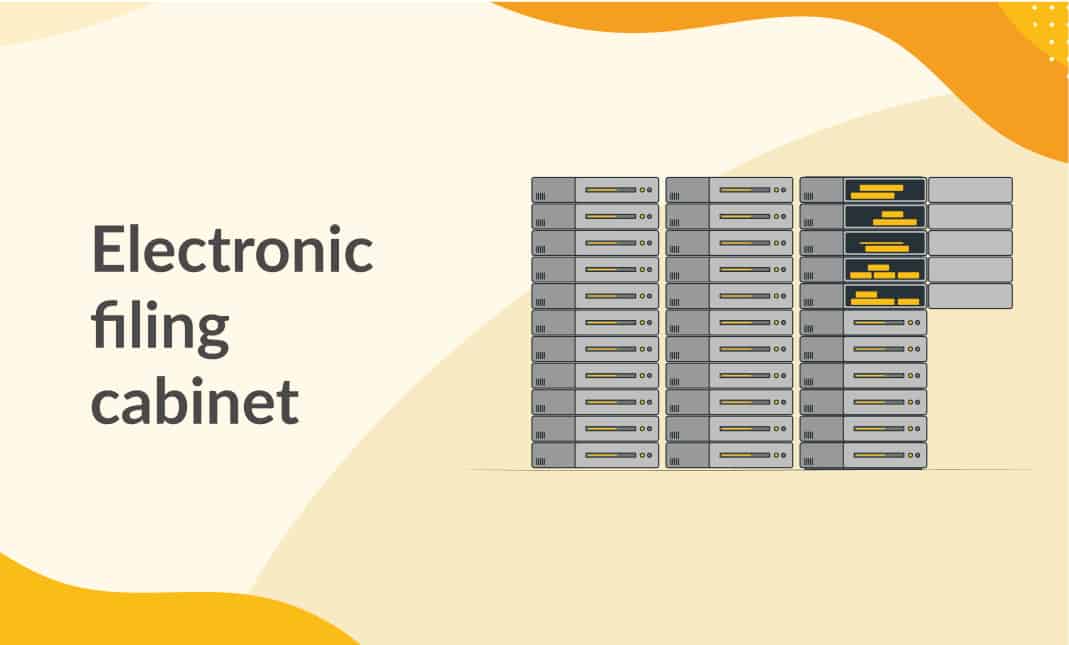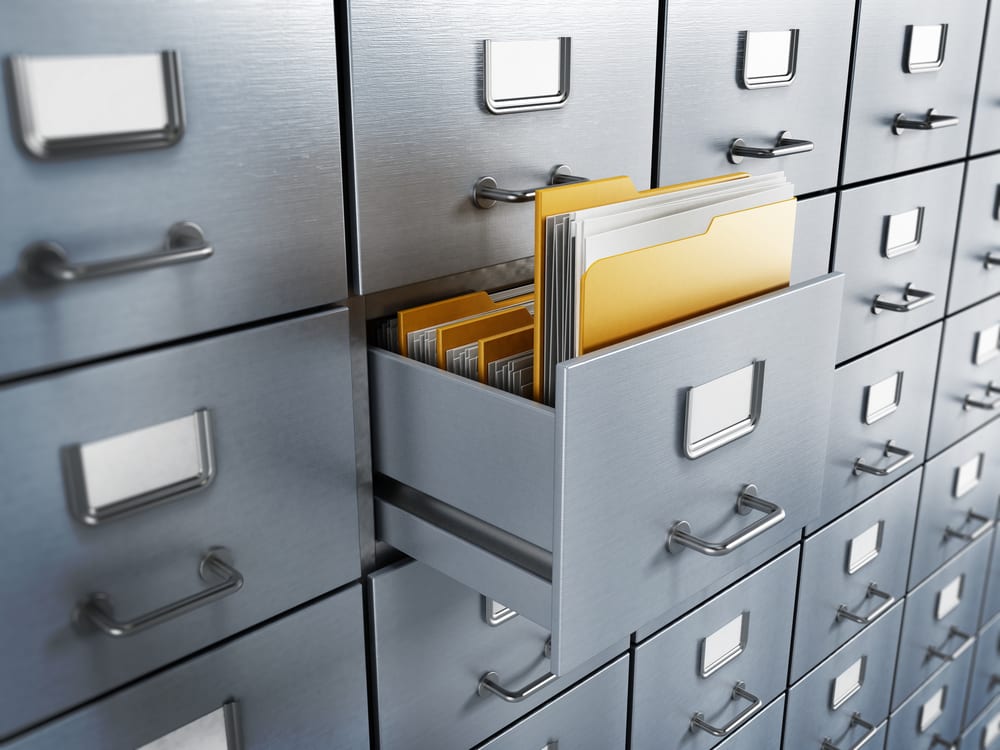Understanding Visible Record Systems and Filing Cabinets: Visible Record System Filing Cabinet

Visible record systems are a unique approach to document storage and retrieval, offering a visual and efficient method for managing information. They have evolved significantly over time, reflecting advancements in technology and changing business needs.
History and Evolution of Visible Record Systems
The concept of visible record systems emerged in the late 19th century, driven by the increasing volume of business documents and the need for faster and more organized retrieval. Early systems used card-based records, where each card represented a single document, and were displayed in trays or cabinets. These systems were revolutionary at the time, allowing users to quickly scan through records and locate specific information.
The early 20th century saw the development of more sophisticated visible record systems, incorporating features like color-coding, indexing, and specialized cabinets. These systems were widely adopted by businesses, libraries, and government agencies. The introduction of computers and electronic filing systems in the late 20th century led to a decline in the use of traditional visible record systems. However, the principles of visual organization and efficient retrieval continue to influence modern information management practices.
Components of a Typical Visible Record System Filing Cabinet
A typical visible record system filing cabinet consists of several key components:
- Trays: These are the primary storage units for the records. They are typically made of metal or plastic and have a series of slots or pockets that hold the individual cards or documents.
- Cards or Pockets: These are the individual units that hold the records. They are usually made of sturdy cardstock or plastic and are designed to be easily visible and accessible.
- Guides: These are dividers that separate the trays into sections or categories. They typically have labels that indicate the contents of each section.
- Index: This is a system for organizing and locating the records. It can be a simple alphabetical list or a more complex system that uses numerical codes or color-coding.
- Cabinet: This is the main structure that houses the trays and other components. It is typically made of metal and is designed to be sturdy and durable.
Comparison of Visible Record Systems and Traditional Filing Cabinets
Visible record systems and traditional filing cabinets offer distinct advantages and disadvantages:
| Feature | Visible Record Systems | Traditional Filing Cabinets |
|---|---|---|
| Accessibility | Easy to access and view multiple records simultaneously | Requires opening and closing drawers to access individual folders |
| Organization | Visually organized, allowing for quick identification and retrieval | Relies on alphabetical or numerical indexing, requiring more time to locate specific files |
| Space Efficiency | Compact design, maximizing storage capacity | Larger footprint, requiring more space for storage |
| Flexibility | Easy to rearrange and update records | Requires more effort to rearrange or update files |
| Security | Limited security features, potentially vulnerable to unauthorized access | Offers greater security with locking drawers and file folders |
Advantages of Using Visible Record Systems
Visible record systems offer several advantages, including:
- Improved efficiency: The visual organization and accessibility of visible record systems allow for faster retrieval of information, saving time and effort.
- Enhanced productivity: The ability to quickly locate and access information can boost productivity and efficiency in various tasks.
- Reduced errors: The visual organization and clarity of visible record systems can help reduce errors and improve accuracy.
- Flexibility and adaptability: Visible record systems are flexible and adaptable, allowing for easy rearrangement and updates as information needs change.
Disadvantages of Using Visible Record Systems
Visible record systems also have some disadvantages:
- Limited security: Visible record systems are less secure than traditional filing cabinets, as they are more susceptible to unauthorized access.
- Limited storage capacity: Visible record systems typically have a limited storage capacity compared to traditional filing cabinets.
- Cost: Visible record systems can be more expensive than traditional filing cabinets, especially for large-scale implementations.
- Maintenance: Visible record systems require regular maintenance to ensure the smooth operation of the system and the preservation of the records.
Applications of Visible Record Systems

Visible record systems find their place in a variety of industries and professions, where efficient organization and quick access to information are paramount. Their ability to display records in a clear, accessible manner makes them valuable tools for managing critical data.
Industries and Professions
The visibility and accessibility of records make visible record systems particularly useful in industries and professions that handle large volumes of data, often with time-sensitive needs. These include:
- Healthcare: Visible record systems are widely used in hospitals, clinics, and other healthcare facilities to manage patient records, medical histories, and treatment plans. The quick access to patient information is crucial for timely and accurate medical care.
- Legal: Law firms and legal departments rely on visible record systems to organize case files, legal documents, and client information. The ability to quickly locate specific documents is essential for efficient legal practice.
- Finance: Financial institutions use visible record systems to manage financial statements, transaction records, and client accounts. The clarity and accessibility of records are vital for accurate financial reporting and compliance.
- Government: Government agencies utilize visible record systems for managing public records, citizen data, and administrative documents. The need for transparency and efficient information retrieval makes visible record systems essential.
- Education: Educational institutions use visible record systems to organize student records, academic transcripts, and attendance information. The ability to quickly access student information is important for administrative tasks and academic support.
Specific Applications
Within these industries, visible record systems are used for various specific applications, including:
- Medical Records: In healthcare, visible record systems are used to organize patient charts, lab results, and medical imaging reports. The ability to quickly access patient information is crucial for diagnosing and treating patients effectively.
- Legal Documents: Law firms use visible record systems to manage case files, legal briefs, and deposition transcripts. The ability to quickly locate specific documents is essential for preparing legal arguments and defending clients effectively.
- Financial Statements: Financial institutions use visible record systems to organize financial statements, transaction records, and client accounts. The clarity and accessibility of records are vital for accurate financial reporting and compliance.
- Government Records: Government agencies use visible record systems to manage public records, citizen data, and administrative documents. The need for transparency and efficient information retrieval makes visible record systems essential.
- Student Records: Educational institutions use visible record systems to organize student records, academic transcripts, and attendance information. The ability to quickly access student information is important for administrative tasks and academic support.
Benefits of Visible Record Systems
Visible record systems offer numerous benefits in these contexts, including:
- Improved Efficiency: The ability to quickly locate and access information improves efficiency in various tasks, such as patient care, legal research, financial reporting, and administrative processes.
- Enhanced Accuracy: The clear organization and visibility of records reduce the risk of errors and ensure accurate information retrieval.
- Increased Security: Visible record systems can be designed to provide secure access to sensitive information, protecting confidential data from unauthorized access.
- Better Collaboration: The ability to share information easily facilitates collaboration among team members, improving communication and efficiency.
- Reduced Costs: The improved efficiency and accuracy associated with visible record systems can lead to cost savings in various areas, such as reduced time spent searching for information and fewer errors.
Hypothetical Scenario, Visible record system filing cabinet
Imagine a busy hospital emergency room where patients arrive constantly, each requiring immediate medical attention. A visible record system can be invaluable in this scenario. With a visible record system, medical staff can quickly access patient charts, lab results, and medical imaging reports, allowing for faster diagnosis and treatment. The ability to quickly locate and access this information is crucial in emergency situations, ensuring that patients receive timely and effective care.
Modern Innovations in Visible Record Systems

The evolution of technology has significantly impacted visible record systems, leading to innovative solutions that enhance efficiency, accessibility, and security. Traditional visible record systems, reliant on physical cabinets and cards, have been transformed by the integration of digital tools, creating a new paradigm for managing and retrieving information.
Digital Indexing and Retrieval
Digital indexing and retrieval have revolutionized the way visible record systems function. This integration allows for faster and more efficient information access. Traditional systems relied on manual searching through physical cards, which could be time-consuming and prone to errors. However, with digital indexing, records are electronically tagged with s and metadata, making them easily searchable. Users can quickly locate specific records by entering search terms, eliminating the need for manual browsing.
Comparison of Traditional and Digital Systems
Traditional visible record systems and modern digital alternatives offer distinct advantages and disadvantages.
| Feature | Traditional Visible Record Systems | Digital Visible Record Systems |
|---|---|---|
| Accessibility | Limited to physical location | Accessible from anywhere with internet connection |
| Search Speed | Manual search, time-consuming | Instant search with s and filters |
| Security | Vulnerable to physical damage and theft | Secure with encryption and access control |
| Scalability | Limited storage capacity | Scalable storage with cloud-based solutions |
| Cost | Initial investment in cabinets and cards | Initial investment in software and hardware |
Integration with Other Office Technologies
Visible record systems can seamlessly integrate with other office technologies, such as document scanners and cloud storage, creating a comprehensive information management ecosystem.
“Document scanners can quickly digitize physical records, making them accessible within digital visible record systems. This integration allows for the conversion of existing paper-based records into a digital format, facilitating easier storage, retrieval, and sharing.”
Cloud storage platforms provide a secure and scalable environment for storing digital records, ensuring data accessibility from multiple locations. This integration allows for real-time collaboration on documents, reducing the need for physical copies and facilitating efficient information sharing among team members.
Visible record system filing cabinets are a godsend for keeping your paperwork organized, but they can also become a major heat source in your office. If you’re struggling to keep your bedroom cool at night, you might want to consider the same approach – ditch the bulky cabinets and opt for digital solutions like cloud storage.
You can find some great tips on how to cool your bedroom at night online, and maybe you’ll find some inspiration for your filing system too! Just like a well-organized bedroom, a streamlined filing system can make a huge difference in keeping your workspace efficient and stress-free.
Visible record system filing cabinets are a lifesaver for keeping your paperwork organized, especially if you’re moving into a new place like a one bedroom apartment in Plymouth, MA. With a well-organized filing system, you’ll be able to quickly find your lease agreement, utility bills, and other important documents, saving you time and stress during your move.